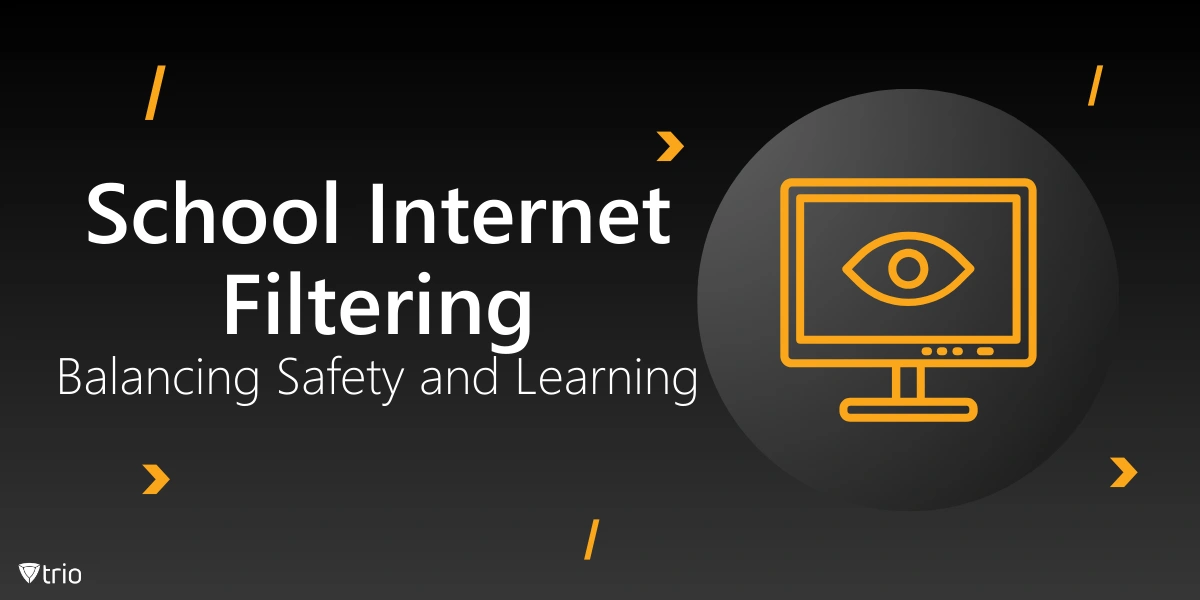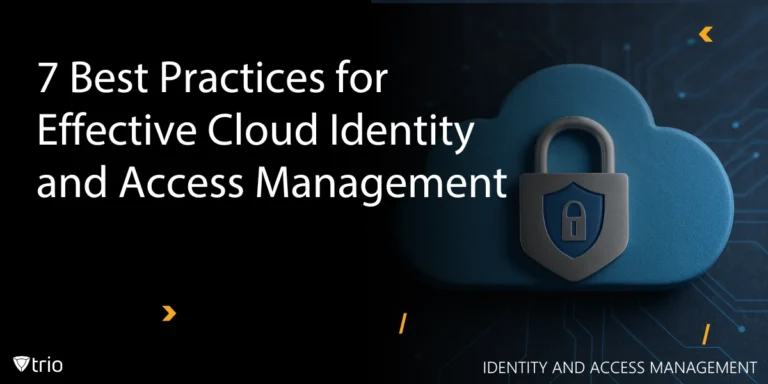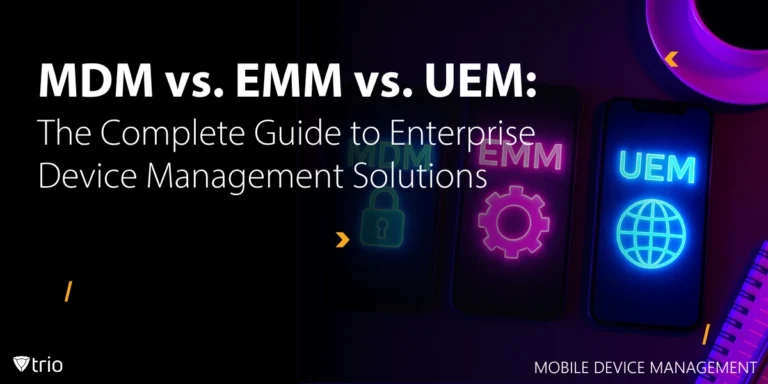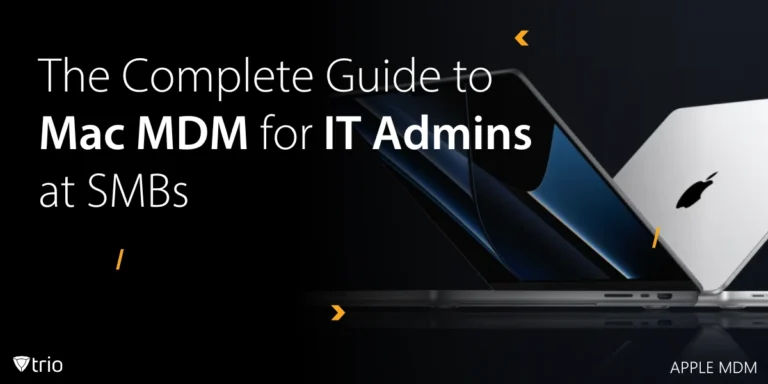Schools today face the challenge of integrating digital tools into the classroom while protecting students from inappropriate or harmful content online. School internet filtering has become a crucial part of this balancing act, ensuring that students have access to educational resources without being exposed to the darker corners of the web. However, achieving this balance is not always straightforward.
Effective internet filtering in schools requires a nuanced approach that goes beyond simply blocking websites. It involves creating a safe online environment that promotes learning while also respecting the diverse needs of students and teachers. This blog delves into the key considerations and best practices for implementing school internet filtering that enhances education without stifling it.
Pros and Cons of Internet Filtering in Schools
Internet filtering in schools is a valuable tool for safeguarding students by preventing access to inappropriate or harmful content online. Here are some of the pros of internet filtering in schools:
- Student Safety: Protects students from exposure to inappropriate or harmful content.
- Focus on Education: Reduces distractions by blocking access to non-educational sites.
- Compliance: Assists schools meet legal and regulatory requirements for online safety.
However, there are downsides to internet filtering in schools. They include:
- Overblocking: Can restrict access to legitimate educational resources and hinder research.
- Frustration: May cause frustration among students and teachers if too many useful sites are blocked.
- Adaptability: Requires constant updates to keep up with new websites and changing online trends.
Should Schools Provide Unfiltered Internet Access?
A one-size-fits-all approach to internet filtering rarely works in an educational setting. Different age groups have varying educational needs and maturity levels, which means that filtering policies must be tailored accordingly. Younger students might require stricter filters to block social media or entertainment sites, while older students need access to a wider range of resources for research and learning. If the age group isn’t taken into account, it may seem like web filters at the school are too restrictive.
Customized filtering policies should also take into account the specific curriculum and teaching methods employed by each school. A school internet filtering example would be using software that filters the search of certain keywords by the students. Schools that emphasize project-based learning may require more flexible filters to allow students access to a broader range of online tools and resources. By customizing filtering policies, schools can ensure that students have the resources they need to succeed while staying safe online.
Web filters also depend on the authority which implements them. For example, the UK Safer Internet Centre has specific guidelines and recommendations for how the Welsh, Scottish, and British governments should filter the internet. This might differ from the US where the federal government delegates these decisions to local authorities and schools.

Balancing Accessibility and Security
While protecting students from harmful content is a top priority, it's equally important to ensure that filtering does not overly restrict access to valuable educational resources. Overly aggressive filtering can block useful websites, stifling creativity and limiting students' ability to conduct thorough research. This can frustrate both students and teachers, hindering the learning process.
To strike the right balance, schools should regularly review and update their filtering policies. Involving educators in the decision-making process can help ensure that filters support, rather than hinder, educational goals. Additionally, implementing a process for students and teachers to request access to blocked content can help maintain the right level of accessibility while still protecting students from inappropriate material.
Monitoring and Adjusting Filters in Real-Time
The digital landscape is constantly evolving, and so are the ways in which students use the internet. This means that school internet filters must be dynamic, capable of adapting to new websites, apps, and online trends. Real-time monitoring tools can help schools quickly identify and address potential threats or access issues, ensuring that filters remain effective without becoming outdated.
Regularly reviewing filter logs and analytics can also provide valuable insights into how students are using the internet. This data can help schools fine-tune their filtering policies, making adjustments as needed to ensure that students remain both safe and engaged in their learning. By staying proactive and responsive, schools can create an online environment that is both secure and conducive to education.
Conclusion
Effective internet filtering in schools is about more than just blocking harmful content—it's about creating a safe, supportive online environment that fosters learning. One way to achieve this is by implementing the best internet filtering software for schools in the market. Trio’s Mobile Device Management (MDM) solution offers customizable and dynamic filtering tools that help schools strike the perfect balance between security and accessibility.
Want to enhance your school’s internet filtering strategy? Try a free demo of Trio today and see how our MDM for schools can help you create a safer, more effective learning environment.
Get Ahead of the Curve
Every organization today needs a solution to automate time-consuming tasks and strengthen security.
Without the right tools, manual processes drain resources and leave gaps in protection. Trio MDM is designed to solve this problem, automating key tasks, boosting security, and ensuring compliance with ease.
Don't let inefficiencies hold you back. Learn how Trio MDM can revolutionize your IT operations or request a free trial today!





